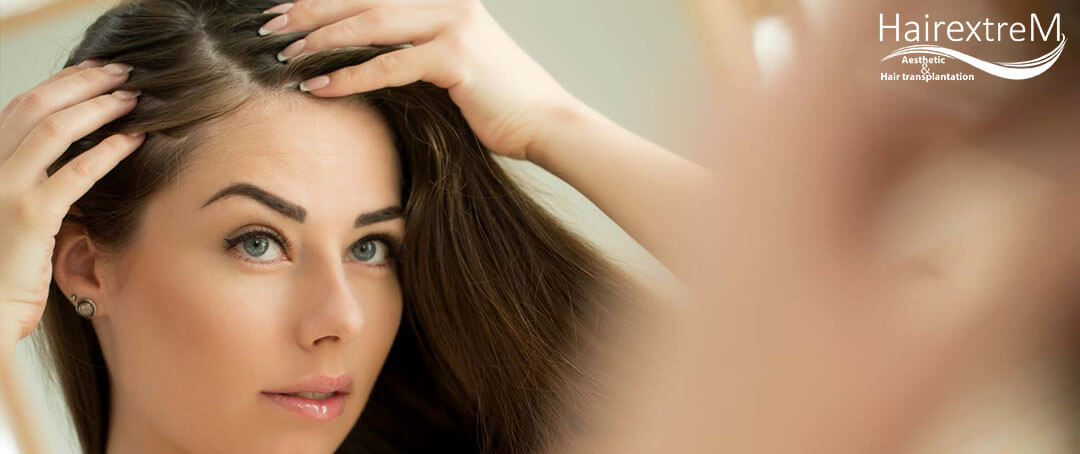
About 20% of women suffer from androgenetic alopecia, usually after menopause but sometimes as early as adolescence.
Although significantly fewer than men are affected by baldness, women can also suffer from androgenetic alopecia. The psychological consequences are particularly important, especially in the youngest patients. While there are effective treatments to curb hair loss today, hair transplantation remains the only way to remedy alopecia permanently.
Women suffer from androgenetic alopecia for the same reasons as men. They also produce androgens through their adrenal glands and ovaries. Admittedly, they secrete a quantity which is less important in twenty times than men but in genetically predisposed patients .This is enough to trigger the double process of acceleration of the life cycle of the hair and hyperseborrhea which prevents irrigation of the roots capillaries.
Unlike men, female androgenetic alopecia is often more diffuse. It also has the specificity of sparing not only the occiput and temples but also the front line of the hair.
There are three stages in the development of androgenetic alopecia: